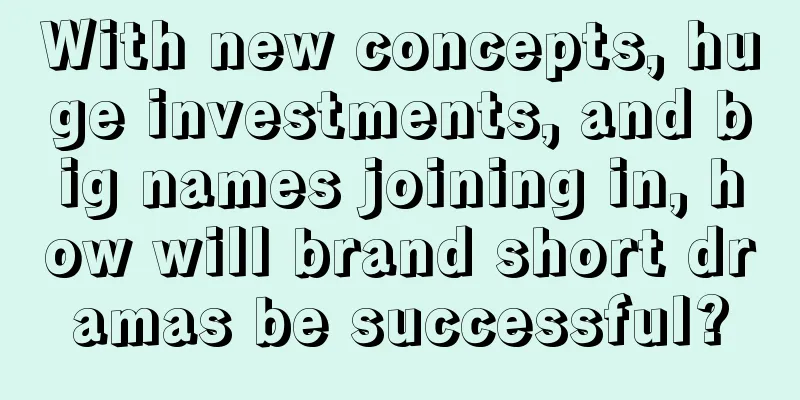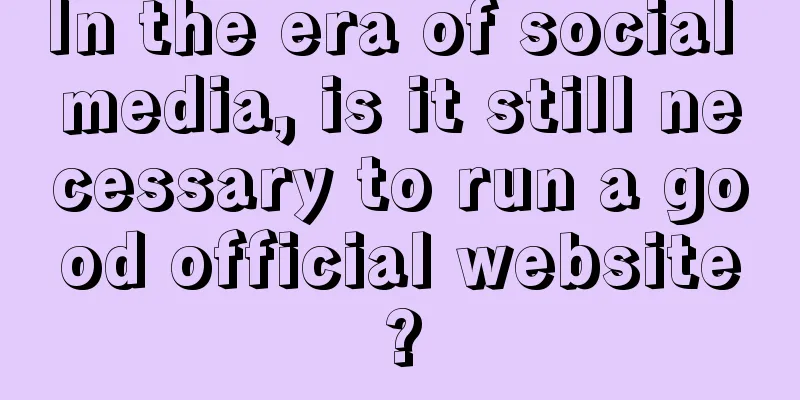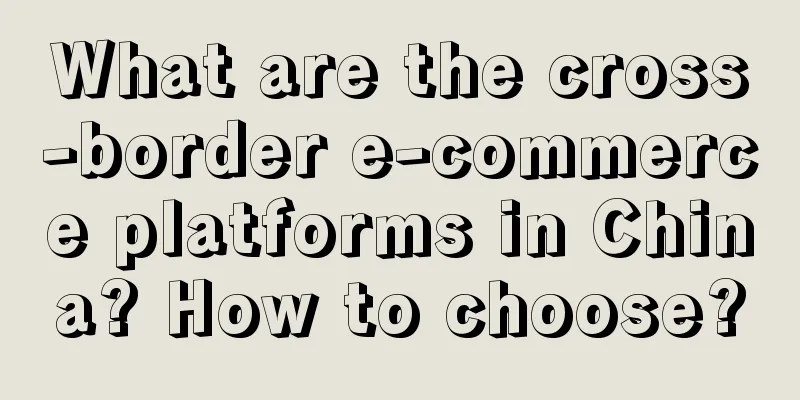What does it mean to understand business? Three perspectives on business

"Analysis but no conclusion" is a problem that data analysts often encounter. When reporting data analysis, the following content often appears: “The overall sales of the event is XX million, an increase of X% over last year; the number of users is XX million, of which XX million are new users; the conversion rate is XX%…” I said a lot of things, but the business side generally didn't buy it. Because you don't need to report these data. If you give you an Excel table, everyone can read it, and they can read it faster than you can read it . The core capability of data analysis is the ability to implement business operations. Implementation means that your analysis conclusions clearly point to some business problems and even indicate the direction of optimization. After listening to your analysis conclusions, the business personnel know clearly what they should do. In order to draw practical analytical conclusions, we must understand the business. 1. What is business?Analysts need to understand the business, but what is the business? There are many questions about business. Which of the following belong to business?
Some of these problems are very macro, abstract to the profit model of the business; some are very micro, specific to the operation steps. Although they are very different, the above problems are actually business problems. The word "business" means different things to different people. Take the taxi APP as an example
It can be seen that different people look at business from different perspectives. But this does not prevent us from giving a unified definition of business. 1. What exactly is the business?A business is an operating unit that inputs specific resources and can provide deterministic outputs with merchant value. This definition has several core elements:
It may still be difficult to understand, so let me give you a few examples: For example, in the eyes of the CEO , the entire APP is a business , because after inputting funds and manpower, through the operation of the taxi APP, profits can be obtained in the end. In the eyes of the user-side operations director, user-side new user acquisition, activation, and recall are all businesses , because new user acquisition business is to input funds and manpower, and output new users. Activation is to input traffic and output more active traffic; recall is to input silent users and output returning users. In the eyes of user operations, writing recall text messages is a business . The input is manpower and the output is the content of the text message. This seems to be clearer. Business is a series of processes to create business value. The next question is, different people observe from different perspectives, so what exactly is the difference ? 2. Three perspectives on businessThere are three levels of perspective on business: the high-level business model perspective, the middle-level business model perspective, and the grassroots execution strategy perspective. 1. High-level perspective: business modelThe issues that senior management is concerned about are :
The things that the top management thinks about are actually the business model of this business . The business model canvas is a recommended tool for thinking about business models. The business model canvas has a total of 9 dimensions, the most important of which is the value proposition in the middle , that is, how you help others and what kind of value you provide. On the left side of the canvas is the cost section , which includes the resources, collaboration, and work required to bring these values. The right side of the canvas is the revenue part . In order to bring these values to customers, what kind of users , what kind of channels , and what kind of relationship with users are needed. By understanding the business model canvas, you can figure out what the business looks like from a high-level perspective. This article is the first one of "Understanding the Business" and is mainly used to illustrate the relationship between various models. The details of the business model canvas will not be elaborated for the time being . Please pay attention and detailed explanation will be given in the next article. After thinking clearly about the business model, the senior management will basically know which modules need to be focused on, and then assign some tasks to the middle management, such as ensuring the supply of products and services, ensuring the continuous and stable growth of traffic, brand marketing, etc. 2. Middle-level perspective: business modelAfter receiving the tasks assigned by the senior management, the middle management is concerned about:
The middle level thinks about these things in order to design a business model . A business model is composed of workflows. For example, the marketing conversion funnel model is a business model: For example, the teaching process in the online education industry is also a business process, which can ensure the normal development of the course: All other processes that can provide deterministic deliverables with commercial value can become business models, such as:
After the middle-level managers have thought through the business model, they can basically figure out what kind of talents to look for, what kind of team to organize, and what kind of work to handle. Then assign specific work to grassroots employees , such as specific channel placement, landing page design, fission activity implementation and other execution actions. 3. Grassroots perspective: Execution strategyWhen the grassroots receive specific tasks assigned by the middle level, they are concerned about:
The work of the grassroots is limited to a certain scope by the tasks assigned by the middle level, and is generally a pure execution position . The only thing with a little freedom is the form of delivery , such as the choice of copywriting, pictures, and channels. There are many different business modules at the grassroots level, including product design, user operation, channel operation, category operation, store operation and so on. There are so many different jobs that there is no universal model. For example, even in the same marketing position, there are different methodological models such as AIDMA, AISAS, and fogg model; for example, the five elements of user experience, value formula, MVP, etc. in product design. The models involved in this part are quite complicated, so I will discuss them separately in a later article. summaryThe concept of business has always been vague , but many interviewers like to ask you whether you understand the business, which makes many people feel confused about this issue. Once you understand the concept of this business (an operating unit that inputs specific resources and gives a deterministic output with merchant value), it will be much easier to answer when asked whether you understand the business. You can answer, what business do you understand, is it the business model, business model or specific execution strategy? I will explain these three parts in detail in three articles later. The next article will talk about the business model. Please like and follow. Author: Sanyuanfangcha, WeChat public account: Sanyuanfangcha |
<<: Case analysis: Coca-Cola’s brand naming, slogan, and brand story
>>: How did the magical and brainwashing "Love Like Fire" trigger a communication frenzy?
Recommend
A must-read for operators: The logic behind Keep’s user growth
Despite the increasing number of fitness apps, Kee...
Has the trend of online literature IP spread to “dinner-friendly dramas”?
Nowadays, popular IPs have revitalized half of the...
MINISO once again holds the workers in its hands
This article talks about the sales and impact of M...
"Cat One Cup" was banned across the entire network, and the frequent occurrence of chaotic script traffic has triggered new thinking
In the era of online information explosion, some s...
The smaller the budget, the more important it is to position correctly
When it comes to "positioning", people o...
How to ship orders from Shopee? What is SLS?
Cross-border e-commerce is quite popular nowadays,...
Build brands in the first and second tier cities, collect profits in the third, fourth and fifth tier cities, this is the eternal business logic
This article is a masterpiece that explains brand ...
How to set up an Amazon advertising portfolio? What are the suggestions for setting up?
After opening a store on the Amazon platform, merc...
Does Lazada require a credit card? Are there risks in paying with a credit card?
In the digital age, the rise of e-commerce platfor...
Is shopping on Amazon China reliable? Are all products genuine?
As people's economic ability improves, many pe...
Why do you always get dissed for your data analysis?
Data fluctuation analysis is a key task in busines...
Dance floor and balcony, which one are you missing?
The dance floor is like a spotlight, focusing on t...
What should I do if my Meikeduo store is closed? How should I choose products?
After you open a store on the Meikeduo platform, i...
Selling milk tea at a stall and earning 50,000 yuan a month? I found 6 good products at the popular night market across the country
"Staying on the street" is popular. Many...
Will the video notes watched by millions of fans bring new traffic dividends to Xiaohongshu?
In today's era of social media, video content ...









